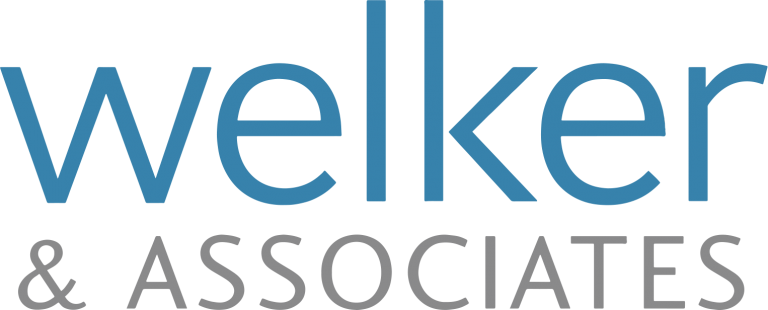Filing for bankruptcy should never be a decsion that is taken lightly. While debts can be reduced or eliminated, allowing for a person to make a clean financial start, it can also be a time-consuming process that involves a hit to the credit report. If a person decides to file for bankruptcy, their first step should be to consult with a licensed insolvency trustee (LIT) in order to ensure that the bankruptcy is the right option. The only way to file bankruptcy in Canada is through an LIT, so don’t be fooled into paying upfront fees by a third party.
After filing for bankruptcy, a person will experience a set back when it comes to their credit score. Bankruptcy results in a R9 credit rating which will remain on your credit report for six years after being discharged from bankruptcy.
Once a person is aware of how bankruptcy may affect them, they can take steps to minimize the impact of bankruptcy. One of the ways this can be done is by checking credit reports a few times a year to check on errors that may have been made. Staying diligent to check on debt can also help a person know when bankruptcy is due to be removed from their credit.
While checking in on debt, a person can begin rebuilding their credit by paying bills on time. A secured credit card may be the best way to do this until creditors determine that a person is responsible enough for a conventional credit card.
If you are unsure about whether or not bankruptcy is the right option for your situation, I would encourage you to set up a free, no-obligation consultation with an LIT at Welker & Associates. We may be able to provide alternatives to bankruptcy, such as making a consumer proposal.



